- Home
- Security
- Military Tactical Public Security Equipment
- Clothing Protective Equipment For Military Ems Law Enforcement
- Military Law Enforcement Ems Clothing
.....Read More

High-Visibility Public Safety Vests

Military Flight Suits

Military, Law Enforcement & EMS Jackets & Coats
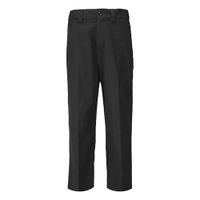
Military, Law Enforcement & EMS Pants
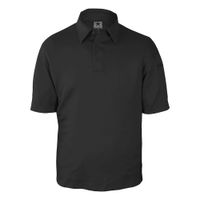
Military, Law Enforcement & EMS Shirts
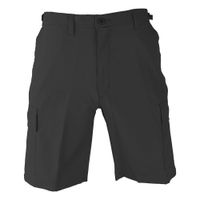
Military, Law Enforcement & EMS Shorts
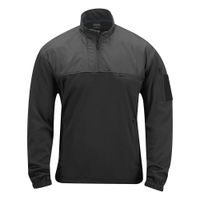
Military, Law Enforcement & EMS Sweatshirts & Hoodies
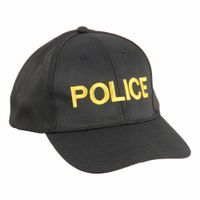
Public Service Hats
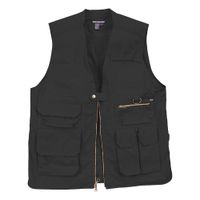
Tactical Vests
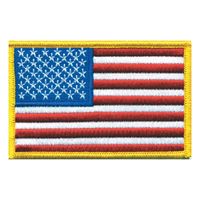
Uniform Patches, Emblems & Accessories
Frequently Asked Questions
What are the standard uniform requirements for military and law enforcement personnel?
How do I choose the right size for tactical vests and jackets?
What materials are used in military flight suits and why?
How do high-visibility vests enhance safety for emergency service workers?
What are the best practices for maintaining and cleaning EMS clothing?
How do uniform patches and emblems signify rank and occupation?
What features should I look for in public service hats for optimal protection?